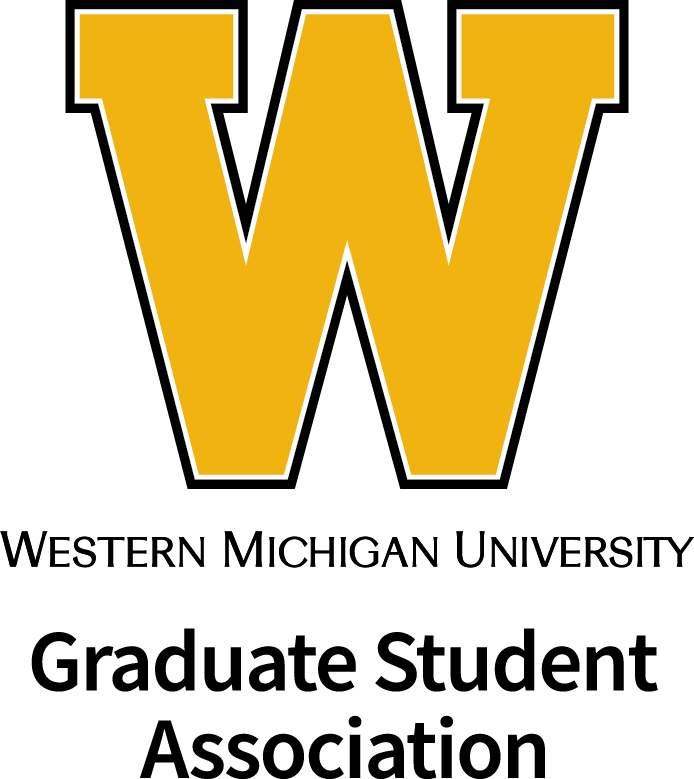Abstract
In lieu of an abstract, a short excerpt is provided:
"I was teaching high-school English on September 11, 2001. As my seniors finished their essay exams on the novel Siddhartha, a colleague poked her head into my room to whisper to me, “There’s something going on at The World Trade Center. A plane flew into one of the buildings… and it might not have been an accident.” As students finished their tests, I passed on this breaking news, which prompted one of my self-proclaimed globally aware students to ask, “The World Trade Center…that’s in D.C., right?” In subsequent days, students’ everyday lexicons grew to include places, phrases, and names like “Al-Qaeda,” “Osama bin Laden,” “twin towers,” and “global terrorist networks” as these attacks on the United States spawned a new awareness of the political struggles in and with countries of the modern Middle East.
Yet it’s unsettling to me that, for my students as for many U.S. citizens, the narrative of “The War on Terror” begins with that cataclysmic event.
The high school where I was teaching prides itself on nurturing globally informed, politically aware students, and developing students as “global citizens” is explicitly named as a school-wide core value. Perhaps it’s presumptuous to say that if my students entered the 9/11/01 era with little related global context, then the majority of U.S. high school students were similarly naïve. However, studies of both mainstream rhetoric and U.S. secondary schools suggest that the dominant American narrative begins on September 11 with a declaration that “they” (terrorists) attacked “us” (innocents) because they are evil and we stand for good. This bowdlerized version of the 9/11/01 story isn’t just a layman’s perspective; when articulated by the country’s leader and repeated endlessly on the airwaves, it saturates youth’s malleable sense of national identity."
Recommended Citation
Ehst, Suzanne
(2015)
"“I Love the Country but I Can’t Stand the Scene”: Teaching Literature to Examine and Complicate Adolescent National Identity,"
The Hilltop Review: Vol. 7:
Iss.
2, Article 18.
Available at:
https://scholarworks.wmich.edu/hilltopreview/vol7/iss2/18

